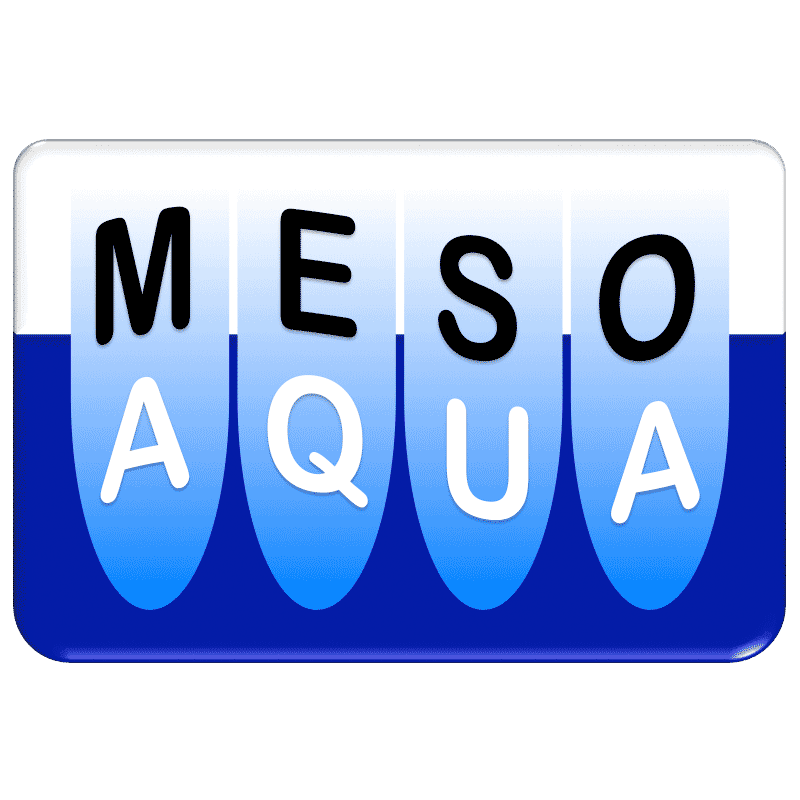MESOAQUA – a European Infrastructure
A network of six different mesocosm labs across Europe.

Hovedinnhold
In 2009 an EU Research Infrastructure in Mesocosms was established. Six different mesocosm facilities across Europe are involved, ranging from the Mediterranean in Greece to the Arctic in Svalbard. The network is led by researchers at the Department of Biology, University of Bergen.
Mesocosms are large-scale experimental facilities that bridge the distance between the controlled but limited test-tube approach in the laboratory and direct but uncontrolled observations in the nature. Mesocosms thus makes it possible to study whole or parts of natural ecosystems in near natural units that are still small enough to be experimentally manipulated, and replicated. (Read more)
Conducting research in such large-scale experimental facilities is necessary because we need to have better understanding of the complicated interactions between all the smallest components of the marine food web: planktonic organisms. Although most are microscopic in size, they have considerable total biomass and activity and may thus impact global systems such as climate. How does this lower part of the pelagic food web respond to and effect climate change, for example? How does it respond to pollution and environmental toxins? What is its role in producing food for commercially important fish and other species at higher trophic levels? (Read more)
As with any large experiment facility, mesocosms are costly for any one institution to develop and maintain. Networks enable institutions and nations to pool resources and expertise, and offer the advantages of giving researchers access to different kinds of facilities and natural environments. MESOAQUA offers access to oceanic, coastal, brackish and arctic settings. Such an international infrastructure makes it possible for researchers and students from around the world (also non-Europeans) to address broader and more far-reaching questions about the functioning of aquatic ecosystems under different conditions and/or stressors.
The critical mass of such networks makes it possible to develop and improve the facilities – researchers are better able to exchange best practice experiences and ideas. Young researchers and students can more easily broaden their experience with facilitated access to different kinds of mesocosms and active participation in experiments planned and run by experts.
MESOAQUA has recently closed it second call for participation in mesocosm experiments at the different facilities. The next call will be for experiments in 2011 and will open autumn 2010. Watch the MESOAQUA web pages for more information.
